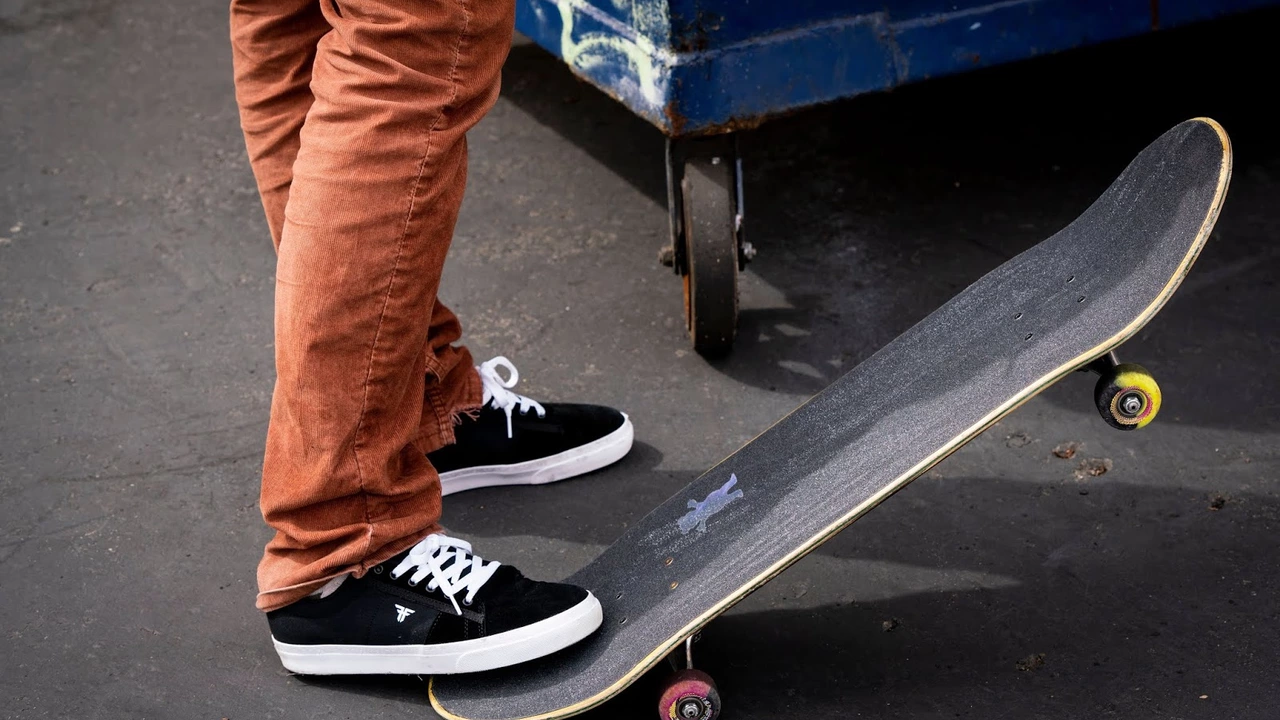Skateboarding Essentials: What Every Skater Needs
If you’re new to skateboarding or just want to upgrade your setup, start with the basics. The right deck, trucks, wheels, bearings, shoes and safety gear make every ride smoother and safer. Below you’ll find practical advice that helps you pick each piece without the overload of jargon.
Core Gear You Can’t Skip
Deck – The deck is the heart of the board. Most beginners stick with a 7.5‑8.0 inch width because it’s versatile for street tricks and small ramps. Look for 7‑ply maple for a solid pop and durability. If you’re taller or want more stability, go a bit wider.
Trucks – Trucks hold the wheels and let you turn. Match the truck width to your deck (the axle should be about the same width as the deck). Light‑weight alloy trucks are easier to flip, while heavier ones feel more stable at high speed.
Wheels – Wheel size and hardness affect how the board rides. Softer wheels (78‑90a) grip better on rough pavement, while harder wheels (95‑101a) slide easily on smooth skate spots. For street skating, a 52‑54mm wheel with a mid‑range hardness works great.
Bearings – Bearings let the wheels spin. ABEC‑rated bearings (like ABEC‑5 or ABEC‑7) are common and reliable. Keep them clean and lubricated; a quick wipe after each session goes a long way.
Shoes – A good skate shoe protects your feet and gives you board feel. Look for flat soles, reinforced stitching, and a snug fit. Classic options like Vans or skate‑specific brands offer the right grip without too much cushioning.
Tips for Choosing the Right Stuff
Start by thinking where you’ll skate most. If you stick to streets and park bowls, a narrower deck and harder wheels will let you pop tricks easier. If you’re into cruising or small hills, a wider deck and softer wheels give more stability.
Don’t ignore safety gear. A helmet that fits snugly can prevent serious injury. Knee and elbow pads, plus wrist guards, are cheap insurance that pays off when you bail on a trick.
Check the hardware. Screws should be about 1‑1/8" or 1‑1/4" long, depending on your deck thickness. Tighten them enough that the trucks don’t wobble, but leave a tiny bit of movement for smooth turning.
Maintenance is simple: wipe the deck after each ride, clean bearings with a soft brush, and replace worn wheels when the contact patch looks smooth. A quick inspection before you head out catches loose screws or cracked decks early.
Finally, test the board. Most skate shops let you stand on a demo board. Feel how it flips, how the trucks respond, and whether the deck width feels right under your feet. That hands‑on check saves you from buying a board that “looks good” but feels off.
With these essentials in place, you’ll spend less time troubleshooting and more time shredding. Grab the right gear, stay safe, and enjoy every push.
What should I look for in skateboard shoes?
- Caden Lockhart
- |
- |
- 0
In choosing the right skateboard shoes, you need to consider several factors. First and foremost, look for shoes with excellent grip and traction to help you stay on your board. Durability is also key, as skateboarding can quickly wear out shoes, so invest in a pair made with sturdy materials. Ensure they offer good foot support and have sufficient padding to protect your feet during tricks. Lastly, your skateboard shoes should fit well and be comfortable to wear for long periods.
View more